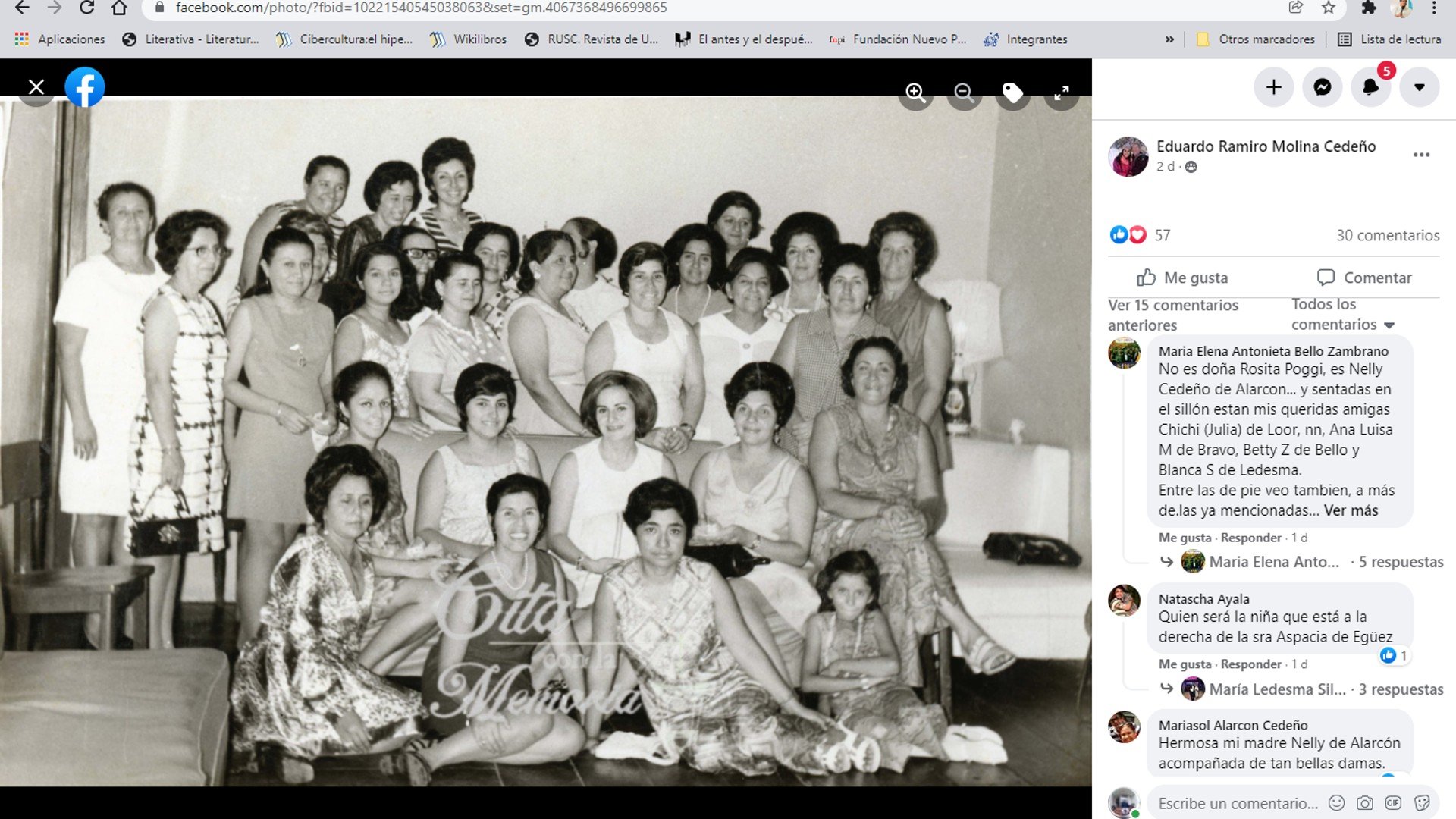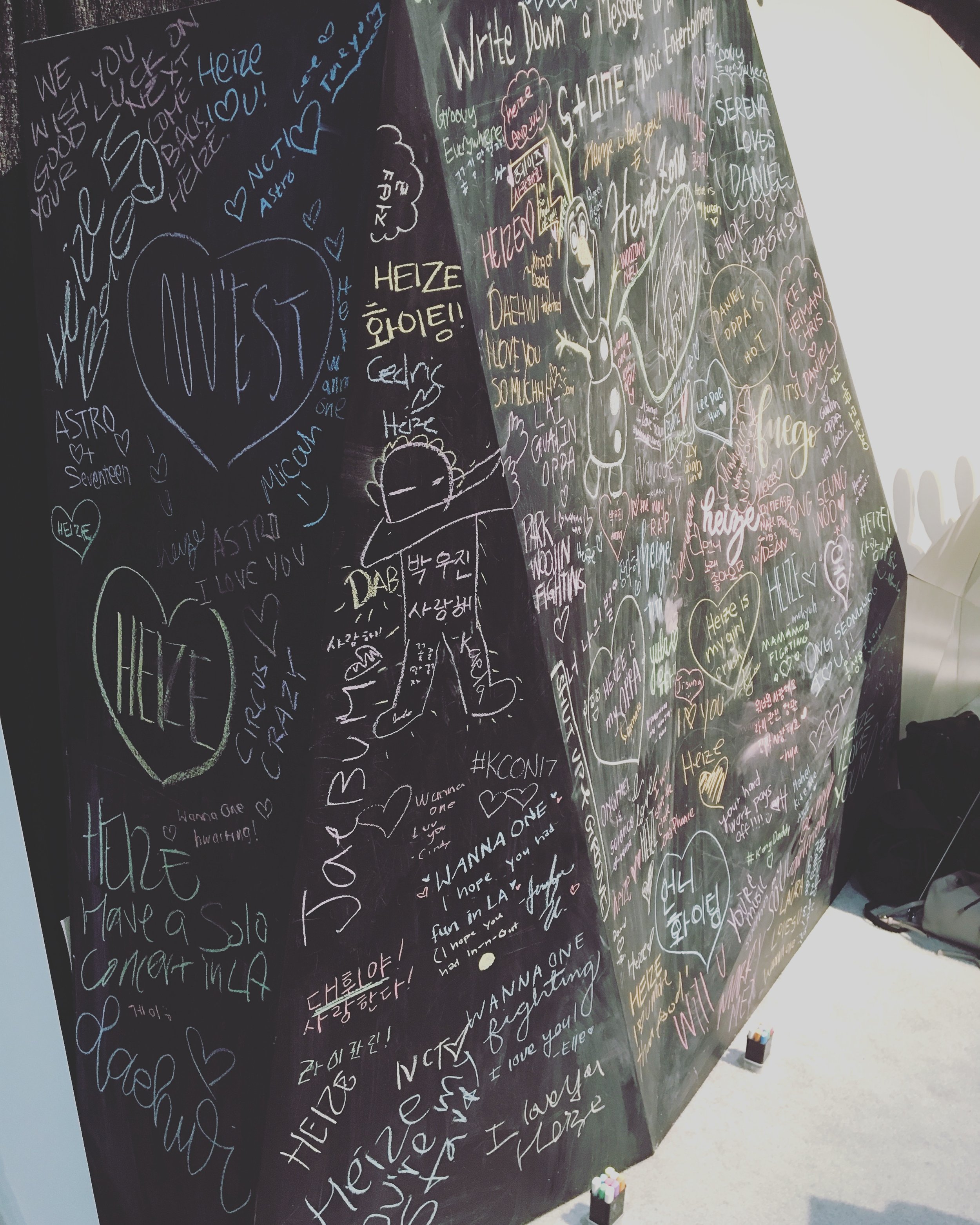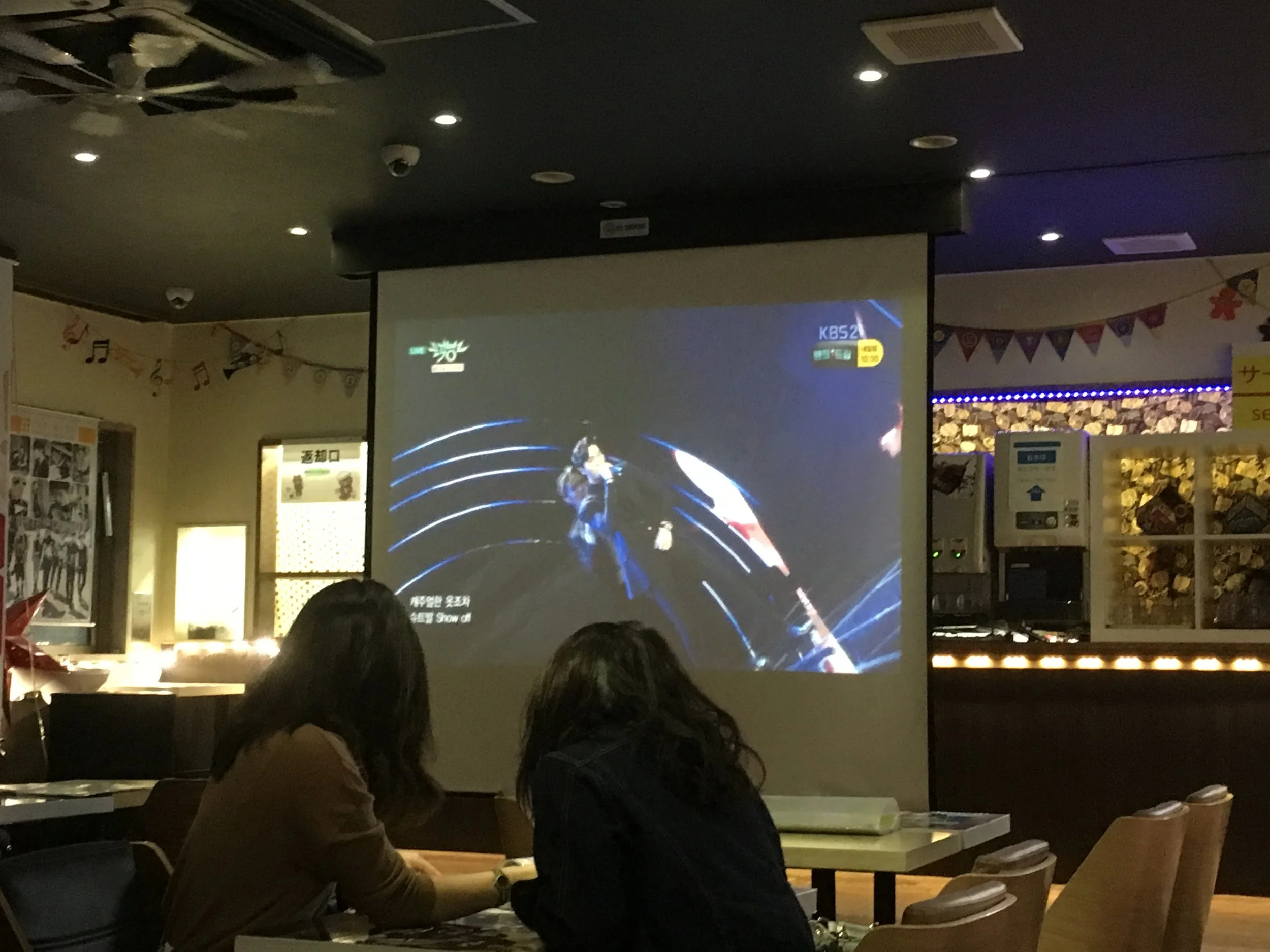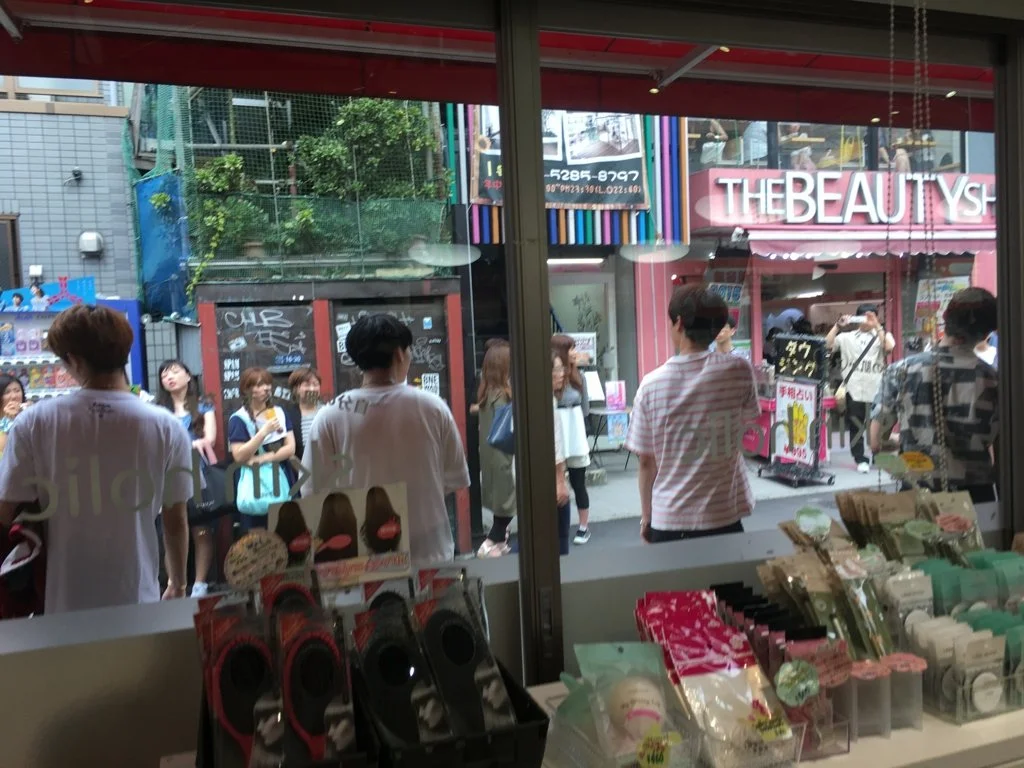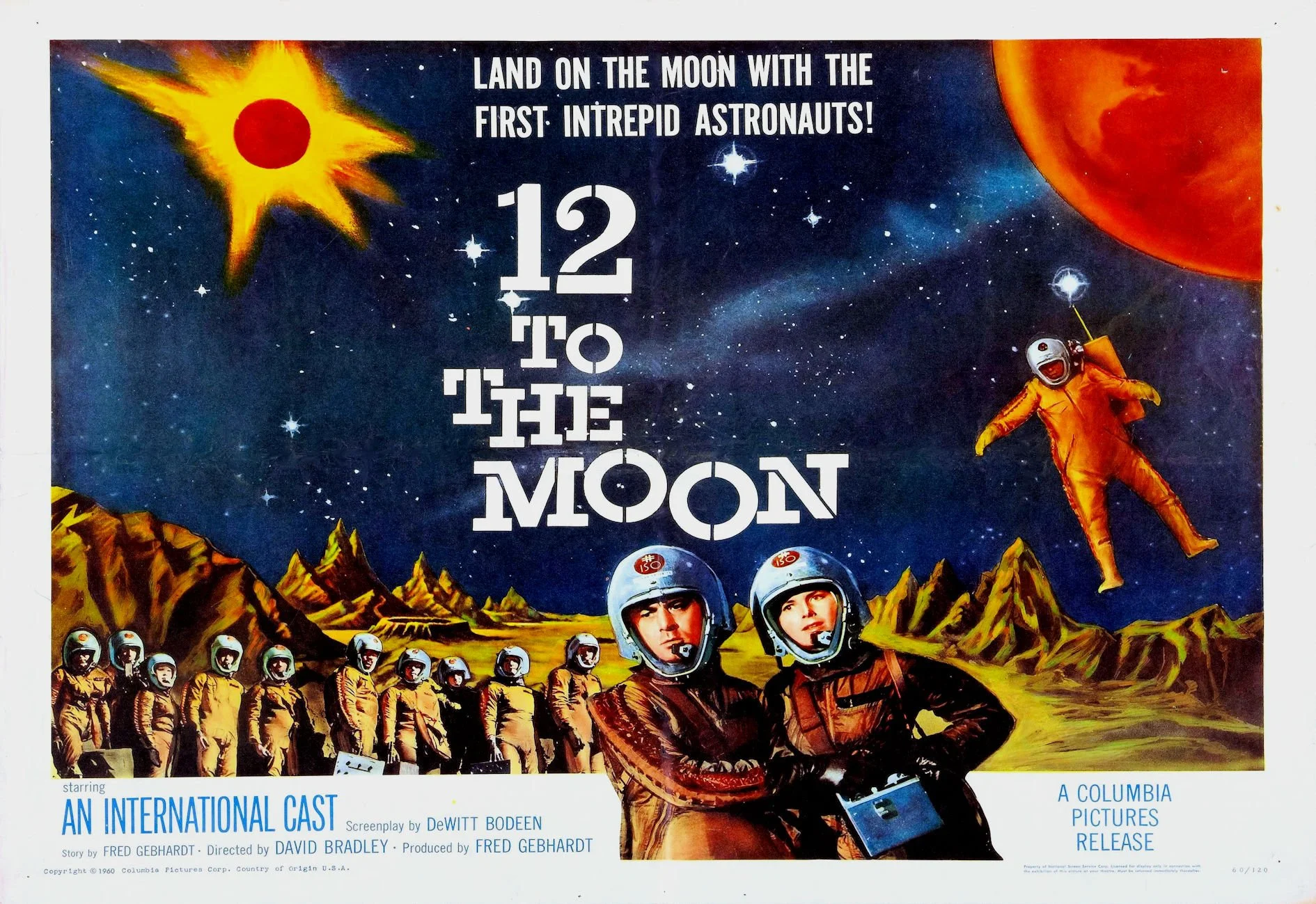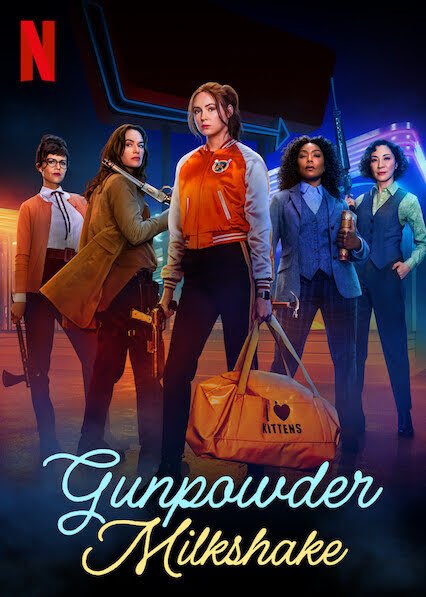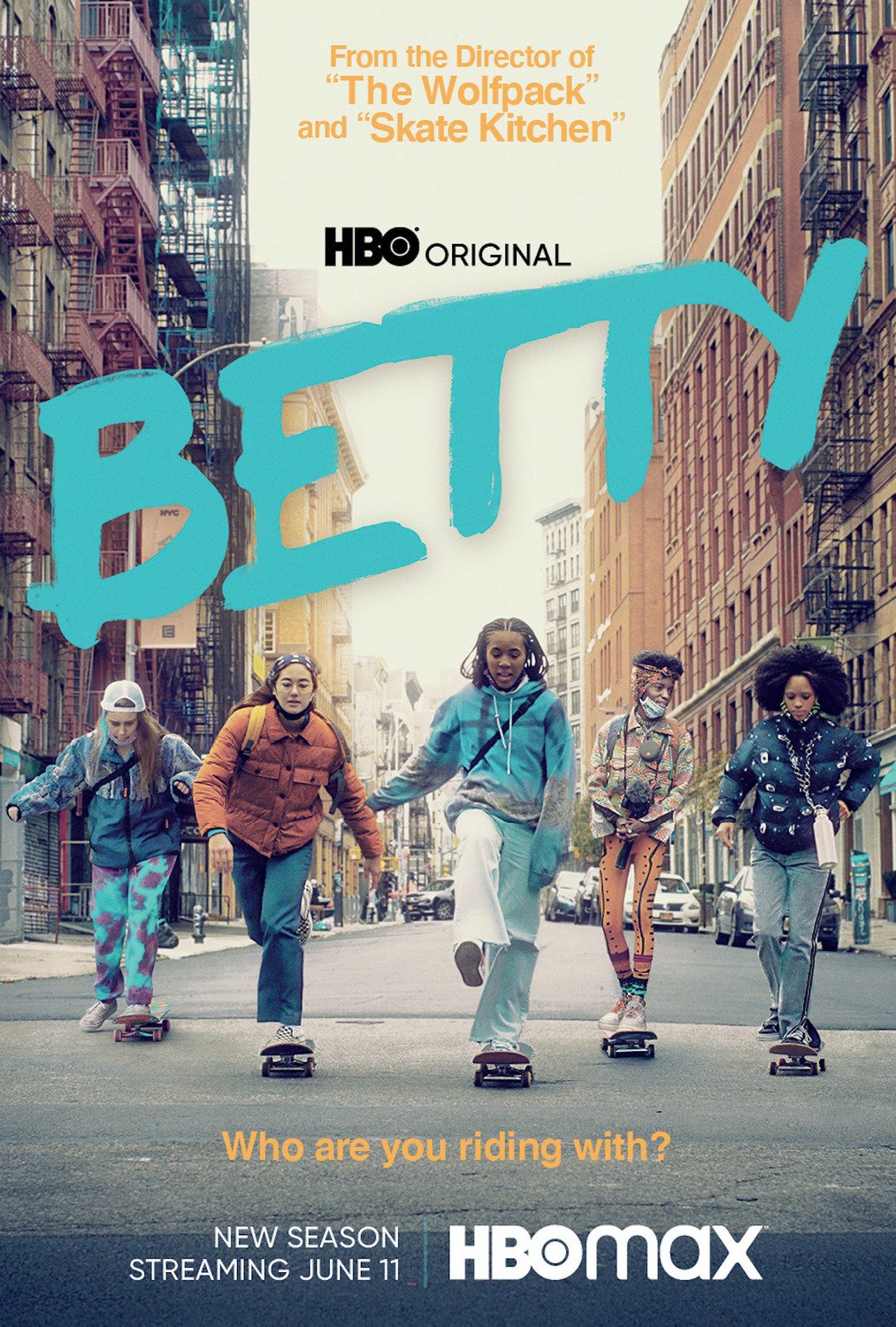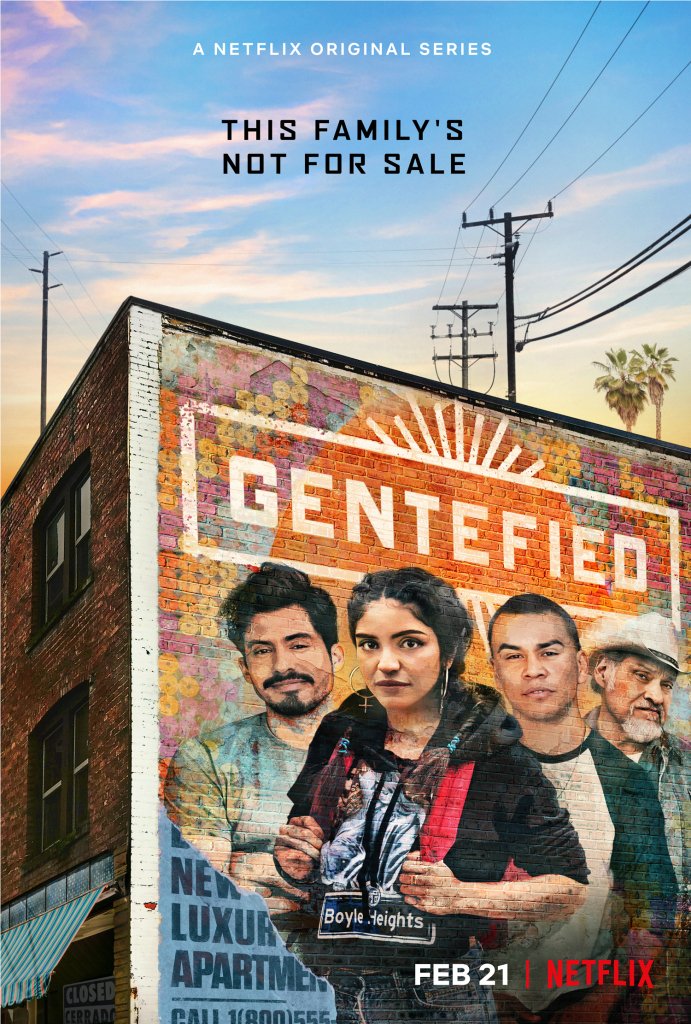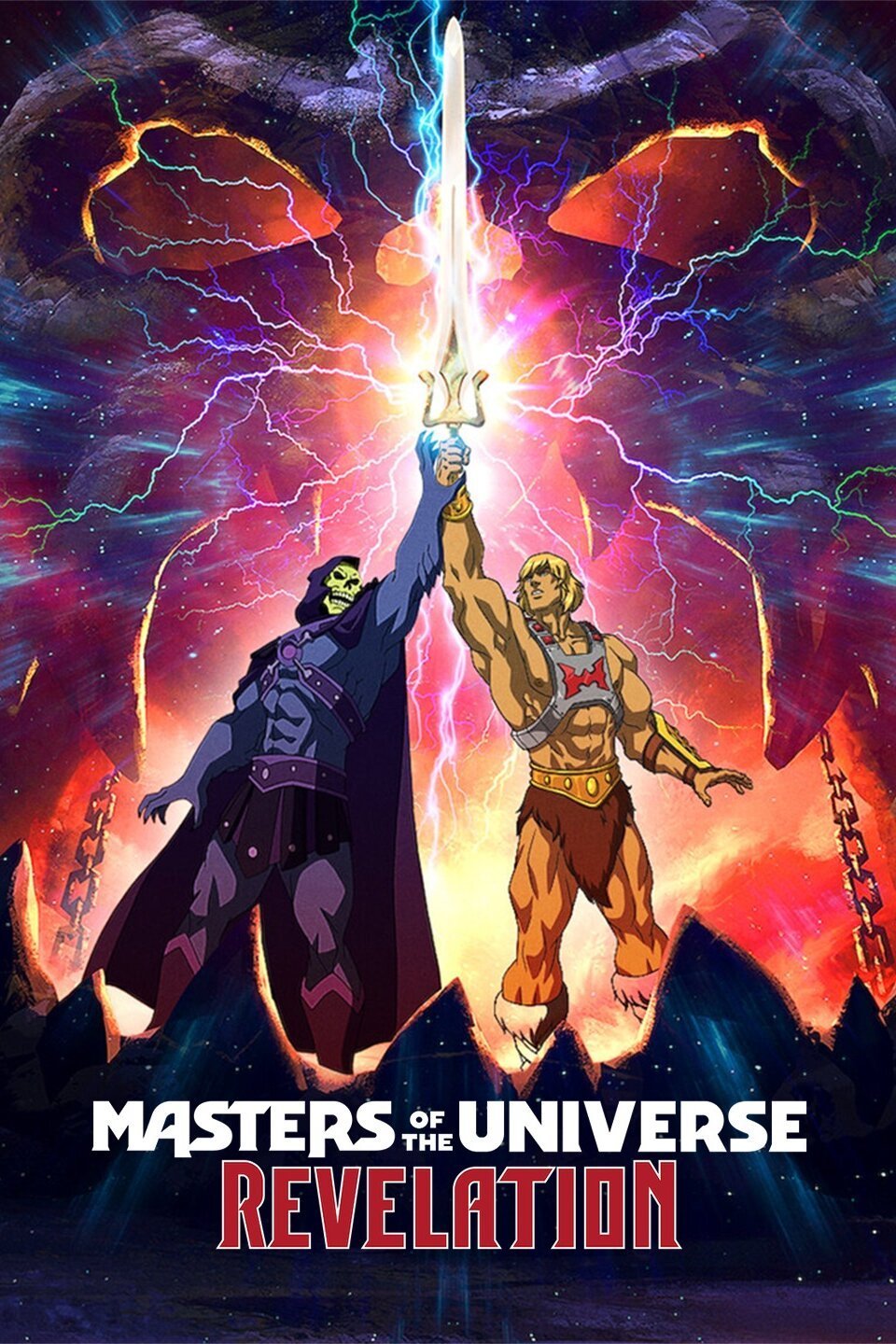Global Fandom: Dima Issa (Lebanon)
/Fairouz street art in Beirut
The thing with Fairouz is that you can never really pinpoint the exact moment in time when you become a fan of her work. She seems to have always been there, lurking in the shadows of your morning coffee, or on the radio as you commute through the streets of Beirut or blaring from the old transistor your dad used to listen to during the war that has miraculously found its way unscathed to the kitchen of your house. In whatever way, Fairouz has always been part of your life as an Arab, whether you were conscious of her presence or not. Although my research has primarily focused on Arab diasporic responses to Fairouz and her music, her impact and relevance within Lebanese households and across social media platforms cannot be ignored and must be discussed before delving into her role as an icon among broader Arab audiences.
Image 2: French president Emmanuel Macaron meeting with Fairouz at her home after the Beirut port explosion. Photograph: Soazig de la Moissonniere / Présidence de la République
After the Port Explosion in Beirut on 4 August 2020, which killed over 200 people and displaced thousands, French President Emmanuel Macaron paid a visit to Lebanon, already reeling from years of corruption and political turmoil. One of the first places he went to was Fairouz’ home[1] where he bestowed upon the singer France’s highest award, the Legion of Honour. Social media was aflutter with images of the visit, mostly because of the rare sighting of Fairouz, who is known to be elusive and private. Macaron’s visit was no accident, as he relayed to the press the symbolism of Fairouz for France and what she represented to the former colonizer, the so called ‘golden era’ of Lebanon, which was flourishing, economically, socially and culturally.
It is important here to turn to John Fiske’s concept of the ‘figure’. According to Fiske (1994), a ‘figure’ is a ‘human simulacrum’ (p. 68). It is the notion that certain people transform into ‘hyperreal’ versions of themselves (Fiske, 1994, p. 69). As a ‘figure’, Fairouz possesses ‘infinitely reproducible signifiers’ (Ibid.), which can be interpreted by her fans and non-fans alike in various forms. Those ‘signifiers’ are based on ‘historical fortuitousness’, but are not necessarily produced solely through the actions of the ‘figure’ (Ibid., p. 72). As Fiske (1994) argues, ‘the body of the individual is comparatively powerless in determining the way he or she is to be figured’ (p. 71). Although it can be argued that Fairouz’ ‘figure’ was one which was strategically created and produced by her writing, management and production team, she has transcended beyond those constructs through the versatile reception of her music and also by the ‘social structures and cultural practices’ of a ‘participatory culture’ (Jenkins, 2019)[2].
Fairouz has never meant only one thing. The best example of this is the ability of a politically polarized country like Lebanon to appropriate her music equally with each party claiming her songs as their own. In addition, and through my research among members of the Arab diaspora, Fairouz as a ‘figure’ signifies a range of things that move beyond her nationality as a Lebanese singer. Linking this with Walter Benjamin’s (1935) concept of ‘aura’ is important here. Benjamin asserts that due to the development of mechanical reproduction technology, works of art have lost their ‘aura’ because they are no longer experienced in the physical and temporal environments that are encapsulated in. However, I argue, through the framework of fandom and with the increase of visibility and availability, the ‘aura’ of Fairouz takes on different forms and is strengthened among her listeners in the diasporic community, away from the environment in which she is commonly associated with. In other words, Fairouz is not only significant in Lebanon, but her ‘aura’ is fortified in spatio-temporal settings that move beyond the borders of Lebanon.
Image of the port after the explosion alongside a statue showcasing a Lebanese immigrant
A poster of Fairouz by artist Achraf Amiri seen on the streets of London
With the expansion of social networking sites and the increase of content creation among users coupled with the uprisings and revolutions across the Middle East and North Africa, since January 2011, Fairouz, her music and her videos, have gained diverse contextual visibility. At the onset of the uprisings in January 2011, I was a graduate student at the University of Southern California. Geographically distant from Tahrir Square and Sidi Bouzid, I spent a lot of time consuming news sites, contacting friends, and trying to access any information I could find. It was my Facebook page that mostly caught my attention and specifically the newsfeed, which was decorated with Fairouz images, lyrics and songs. Videos of the protests from around the Arab world were edited, using her songs as the audio track. Scenes from some of her plays were also uploaded, as were verses from her songs.
Regardless of the format, the presence of Fairouz as an aural and visual narrator at such a pivotal moment in the Arab world is significant. Although her songs about patriotism and resistance are decades old, fandom in this context needs to be seen as what Tarik Sabry (2012) calls ‘territorialisation’ and ‘deterritorialisation’. It is the ability of Fairouz to ‘dislocate’ from a certain ‘discourse’ and to occupy another (2012, p. 13). It is a way in which through fandom, Fairouz can shape shift to take on new contexts and exert new meanings. It can be argued that this fluidity Fairouz possesses is catalysed through her ability to create and occupy affective space. For Tomkins (1982), affect is the ‘primary innate motivating mechanism’ in the human body (in Scherer & Ekman, 2009, p. 163). It is the instigator, which triggers a consequent response in the ‘midst of inbetween-ness’ (Gregg & Seigworth, 2010, p. 1; emphasis in original). In parallel, this ‘inbetween-ness’ gives way for the affective-ness of Fairouz, the voice of familiarity, to take shape, since it is dependent on socio-political, cultural and economic dynamics.
During the October 17 2019, uprisings in Lebanon and after the August 4 2020, port explosion, it was Fairouz who provided the soundtrack to cater to the helplessness of the situation, while also providing the voice of hope. This is an affective form of fandom. Similar to the way in which superheroes are called on in times of distress, Fairouz is there with her nostalgic melodies fighting for accountability of those in power and describing a more peaceful time. It is as Ahmed (2004) writes an ‘affect of the circulation between objects and signs’ (p. 120). This ‘circulation’ of ‘signs’ allows for the ‘aura’ to ‘dislocate’, creating a ‘figure’ of Fairouz that is malleable and discursive.
Fairouz has been around even before newer technologies took over soundscapes, her music has been remixed and reworked for years in nightclubs, bars and sound studios across the world. However, newer technologies have given opportunities for her music to be shared and appropriated to a wider generational and globalised audience. Talking with communities that varied nationally, spiritually, circumstantially gender and circumstance, themes of identity and social positioning showcased how Fairouz was able to transgress boundaries of nation, religion and political affiliation to create space that was affective and accessible to her listeners and fans.
Although these new technologies allows for Fairouz to centrifugally navigate across a spectrum of audiences, it can be argued that her music also operates at a centripetal level, especially in discussions with diasporic audiences. Drawing on Heidegger’s concepts of ‘Worldliness’, as a ‘totality in which media is constituent’ and an ‘ontological experience of being-in-the-world’ and ‘equipment’, as an order of examining ‘the total system of equipment and practices which gives sense to…Worldliness’, Sabry and Mansour (2019) explore how, through ‘equipment’, such as media technologies and programming, children are able to ‘extend’ the ‘spatial, the temporal and the imagination’ (Sabry & Mansour, 2019, p. 99). Using these notions of ‘Worldliness’ and equipment, it can be argued that Fairouz offers such an extension. As equipment, Fairouz is the soundscape of ‘being-in-the-world’, but also she is able to transport audiences spatially as well as temporally, she is a reversion back to ‘Worldliness’ through an acknowledgement of its existence in its current form, an almost paradoxical inward globalisation that her audiences refer back to through affective fandom.
References
Ahmed, S. (2004a). ‘Affective Economies’. Social Text, 22(2), 117 – 139.
Benjamin, W. (1935). The Work of Art in the Age of Mechanical Reproduction. Retrieved on 2 May 2011, from http://www.marxists.org/reference/subject/philosophy/works/ge/benjamin.htm
Fiske, J. (1994). Media Matters: Everyday Culture and Political Change. Minneapolis: University of Minnesota.
Gregg M. & Seigworth, G. (2010). ‘An Inventory of Shimmers’. In Gregg M. & Seigworth, G. (Eds.), The Affect Theory Reader (pp. 1 – 25). USA: Duke University Press.
Jenkins, H. (2019, September 4). Back to School Special: Fandom, Participatory Culture and Web 2.0. Confessions of an ACA-Fan. Retrieved on 4 September 2021, from http://henryjenkins.org/blog/2019/8/28/back-to-school-special-fandom-participatory-culture-and-web-20-h66e3
Sabry, T. (2012). ‘Arab Cultural Studies: Between ‘Reterritorialisation’ and ‘Deterritorialisation’’. In Sabry, T. (Ed.), Arab Cultural Studies: Mapping the Field (pp. 1 – 31). London, New York: IB Tauris
Sabry, T. & Mansour, N. (2019). Children and Screen Media In Changing Arab Contexts: An Ethnographic Perspective. London: Palgrave.
Tomkins, S. (1982). ‘Affect Theory’. In Scherer, K. & Ekman, P. (Eds.) (2009), Approaches to Emotion (pp. 163 – 194). USA: Psychology Press.
[1] https://www.theguardian.com/world/2020/sep/01/emmanuel-macron-visits-lebanese-singer-fairouz-in-bid-to-change-political-soundtrack
[2] http://henryjenkins.org/blog/2019/8/28/back-to-school-special-fandom-participatory-culture-and-web-20-h66e3












